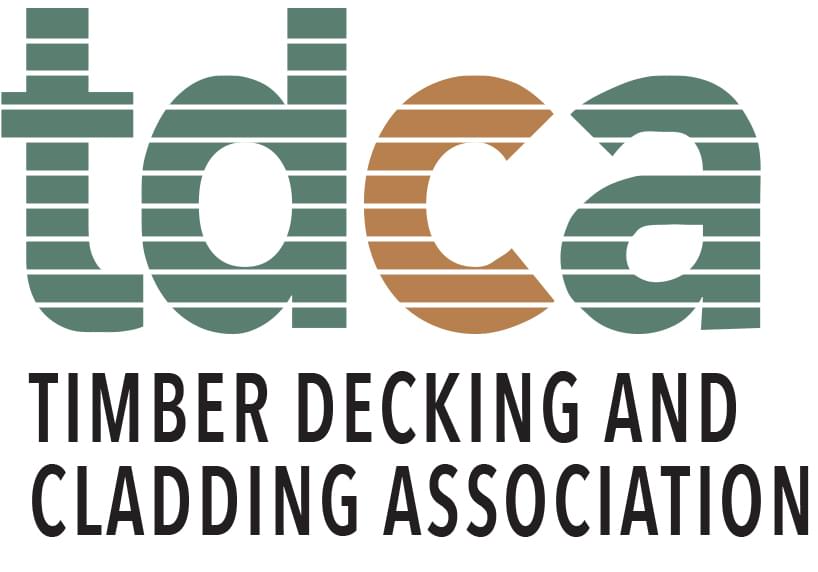Does your canal boat blacking need a touch-up? Perhaps you’re a new boat owner and you’re not sure what you need to do? Then take a look at our guide to hull boat blacking to find out!
Blacking your hull is something that is necessary as it is a way of maintaining the condition of the boat and protecting it from rusting.
Depending on how well you look after your boat and what products you use will determine how often you would need it to be re-done.
Some people opt to have it re-done every 12 – 18 months, where others will leave it 3 – 5 years.
If you can afford to do it more often, there is no harm in doing so and your boat will benefit from it. Having a well-maintained hull will affect your insurance and help reduce the cost immensely.
So, where do we begin?
As with most projects in life, the first step that should be taken is the preparation.
Removing the boat from the water
Obviously, the hull cannot be re-blacked without it being out of the water. There are 3 ways in which to do this.
- Craning – The boat is removed from the water via a crane – this can be very expensive.
- Slipway trailer – This is the most commonly used choice as it is the most cost-effective.
- Dry dock – the boat is driven into a floating dock and the water is then removed – this can also be expensive.
What is used to black the hull?
There are 2 types of blacking; Bitumin and Two Pack Epoxy.
The two pack epoxy paint option is more expensive, however, it should last around 5 years once applied. Bitumen coatings are cheaper but generally last around 2 years or so.
If you opt to use the epoxy paint, the boat will require grit-blasting as to produce a completely clean surface before application. This is what makes it the more expensive version. Although, it will save you money in the long run as you will require less removal of the boat from the water.
How much does the coating cost?
This will vary from place to place, the type of coating you have chosen and the size of your boat. You could potentially get it done from as little as £800 to £1,500+. We recommend you shop around.
There is always the option to do it yourself, however, we would strongly recommend against this, especially if it is your first time dealing with blacking – it’s not as easy as it may seem!
How long does it take to re-black the hull?
It generally takes 3 days to complete;
Day one
The boat is removed from the water and is pressure washed to remove debris, mud, grime, rust and the previous blacking. Once this is complete, the hull is then ready for a new coating of paint.
Sometimes the water line will need more attention and so a machine called a ‘scrubber’ can be used on this area of the boat. There is usually a charge for this service.
Day two
Now the hull is clean and ready, the application needs to commence. This is done by hand with a roller as the paint has a tar-like consistency and hardens very quickly making it impossible to be used in machines.
As you can imagine, this is a very slow and messy job!
Day three
This is just a repeat of day two. A second coat is then applied and if necessary, you can even have an additional coat applied.
The boat is then left to dry for 48 hours and is then returned to the water.
How should I now maintain the hull?
One of the best ways to maintain and protect your hull is to cruise carefully. Using the hull to break through ice and crashing into banks and locks are all things you will want to avoid!
Also having well working ‘sacrificial anodes’ will do your hull wonders! Sacrificial anodes are lumps of metal that corrode in place of your hull thereby giving it protection against corrosion. They have a higher electrochemical value than steel and so these blocks of magnesium will corrode away faster.
Be sure to check them to avoid pitting and corrosion of your hull – if not checked, this can be one of the most costly things to put right as your boat may need to be re-plated.
Head on over and check out our marine care range for a variety of other products to keep your boat looking its best. From stripping and cleaning, to gelcoat restoration and rust prevention there will be something for every boat owner.
We hope you found our guide to narrowboat hull Blacking helpful. If you have any other tips, tricks or advice, please feel free to leave them in the comments below. We love hearing from you!
Want to keep up with all things Owatrol? Why not follow us on social media? You can find us on Facebook, Twitter, Instagram and Pinterest at @owatroluk or at the hashtag #owatroluk
All Images courtesy of Northwich Dry Dock














my boat is ready for re blacking
it has already been two pack covered
is it strait forward to go over this again with two pack
i dont know the original make of paint
boat was built from new
5 years old so ready to get done
70 x 12 wide beam
Hi there Cheyne,
Sadly we are not specialists in blacking and so you would be better off speaking with a specialist in the field for accurate information. We recommend speaking with Northwich Dry Dock Co. – they are very friendly and helpful: http://www.northwichdrydock.com/services/hull-blacking-service/
Apologies we could not be of more help on this occasion.
All the best,
The Owatrol Team